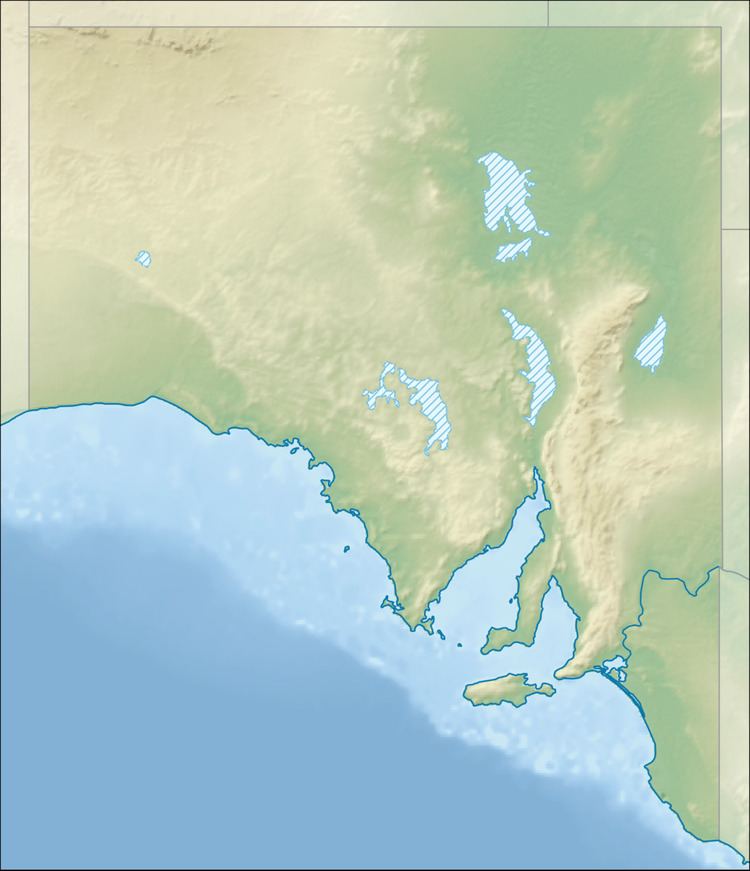Area 69 km² | Established 1968 | |
 | ||
See also Protected areas of South Australia | ||
Moorunde wildlife reserve an audio visual presentation by glen taylor
Moorunde Wildlife Reserve is a private protected area located in South Australia near the Murray River, between Blanchetown and Swan Reach.
Contents
- Moorunde wildlife reserve an audio visual presentation by glen taylor
- History
- Protected area status
- References
History
In 1967, wombat enthusiasts Mr & Mrs Conquest of Adelaide approached members of the "Natural History Society of South Australia" (NHSSA), keen to establish a sanctuary for Hairy-nosed Wombats. The Natural History Society was an autocratic society that aimed to promote the native flora and fauna of South Australia. Together, the Conquests and the NHSSA raised funds to acquire a section of Portee Station for the purpose of establishing a sanctuary for the Southern Hariy Nosed Wombat. Early rifts between the Conquests and the Society regarding the management approach to the reserve saw the Conquests remove their support for the project.
The NHSSA has maintained management of the reserve with a controversial "let nature take its course" approach. Controversy has continued between those members that see necessary action to restore and maintain the reserve for the long term sustainability of a viable wombat population and those members that wish to continue a minimal ("let nature take its course") approach to land management. Large areas of native grasslands have disappeared, replaced by exotic weeds, areas that are not being actively restored by the minimalists. Current management inaction appears to be resulting in an on-going decline of the native habitat.
Protected area status
As of 2014, land that forms the Moorunde Wildlife Reserve is subject to three native vegetation heritage agreements created in 2008 under the Native Vegetation Act 1991 (SA) where its owner, the Natural History Society of South Australia, has agreed to protect the property’s native vegetation in perpetuity. It is classified as an IUCN Category III protected area.
